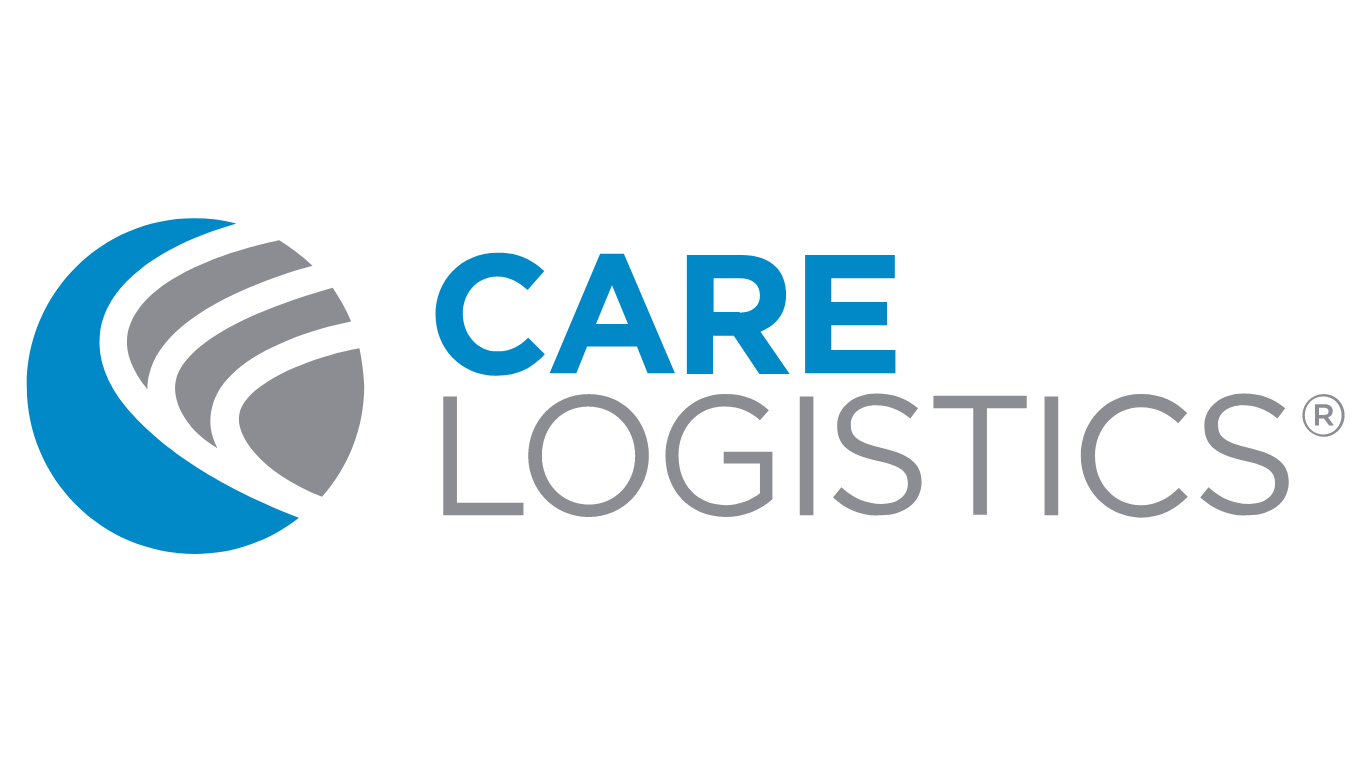Using Standard GMLOS May Have Your Reimbursements Off-Target
By Alexander Bohn
A core foundation of Industrial Engineering and Continuous Improvement centers on standardization of work, which also applies in a healthcare setting. However, it is a fundamental truth that not all healthcare institutions are created equally, and rarely can we apply blanket rules to all of them without understanding the culture and organization themselves.
Hospitals, like the patients that they care for, all have unique attributes, circumstances, advantages, and limitations. While a patient’s care must be curated based on their specific needs and conditions, a hospital’s goals must be customized based on a plethora of factors (number of beds, staff resources, local demographics, payer mix, etc.).
So, if your hospital is one of a kind, why would you use CMS’ Geometric Mean Length of Stay values as the default for your patients’ length of stay targets? While GMLOS is a good starting point, a standard, one-size-fits-all solution simply doesn’t work for many hospitals and can seriously impact your levels of reimbursement. It’s time to personalize your LOS goals to ensure your hospital is getting the correct reimbursement for the care provided.
When customizing your LOS targets, it’s important to keep several factors in mind:
Are your LOS targets realistic?
While a 1.8 day GMLOS target for acute myocardial infarction may be reasonable for an average suburban hospital, it may be completely unrealistic for an urban hospital that serves a community with high numbers of patients who are indigent, elderly, or affected by substance abuse issues. If, in 2018, your hospital’s average LOS for acute MIs was 4.2 days, it would be wildly unrealistic to expect patients to all of a sudden be discharged in 1.8. When unrealistic goals are set at these organizations, staff morale can be negatively affected. Clinical teams lose faith in and ultimately ignore the largely reduced goals. If you set incremental LOS goals, then the organization can continue to adjust them down towards GMLOS as they achieve the reduced goal.
Are your LOS goals too lenient?
Conversely, GMLOS may be too lenient a goal for some DRGs, and you may end up setting a target that results in staff delaying discharge unnecessarily. For example, the GMLOS for arthroscopy is 4.4 days, but a hospital may consistently discharge these patients a day early at 3.4 days due to a combination of best practices and a younger healthier patient population.If the hospital uses the GMLOS as a target, these patients could be unnecessarily taking up clinical resources and beds for an entire day more than necessary. Customizing your LOS goals until they more accurately represent your organization’s LOS performance ensures that patients are progressing at the proper rate and helps you free up more resources for other patients in need. In addition, it’s well known that unnecessary hospital days put patients at additional risk for infection and other negative outcomes.
Do you have access to regional or state-level GMLOS targets, rather than national data?
Using targets that correctly represent your hospital’s population is essential to establishing realistic and appropriate LOS Targets. CMS’ GMLOS values are blending and weighting data for the entire country, which may “wash out” or improperly represent regional or local factors that cause your hospital to have very different performance with certain DRGs or specialties. LOS targets from the state level may yield better, more realistic results. By analyzing data from your peers, you can better account for differences in a population’s health, state legislation guidelines, available resources such as rehab or nursing facilities, as well as many other factors.
Are you factoring in Discharge Disposition?
When assigning a target LOS to a specific patient, be sure to account for discharge disposition. By analyzing previous discharges at your facility, you can use historical data to determine which dispositions perform above or below average. For example, your hospital may be more likely to meet its goals if a patient is going to be discharged home rather than awaiting placement at a skilled nursing facility. Perhaps the need for durable medical equipment consistently extends LOS. By considering the discharge disposition, you can add an additional level of accuracy to your patients’ LOS goals.
Have you analyzed trends by payer?
Depending on the type of insurance a patient has, they may be less likely to meet their targeted LOS. By looking at previous data, you can find trends among past patients that can help you determine whether they may be unlikely to meet their pre-set LOS. These previous indicators can assist in setting proper LOS goals for future patients.
Looking for a place to start creating more accurate LOS goals? DRGs with targets that are consistently missed are a great place to start, as they affect your reimbursement the most.
If your hospital needs assistance setting customized and realistic LOS goals, Care Logistics can help.
